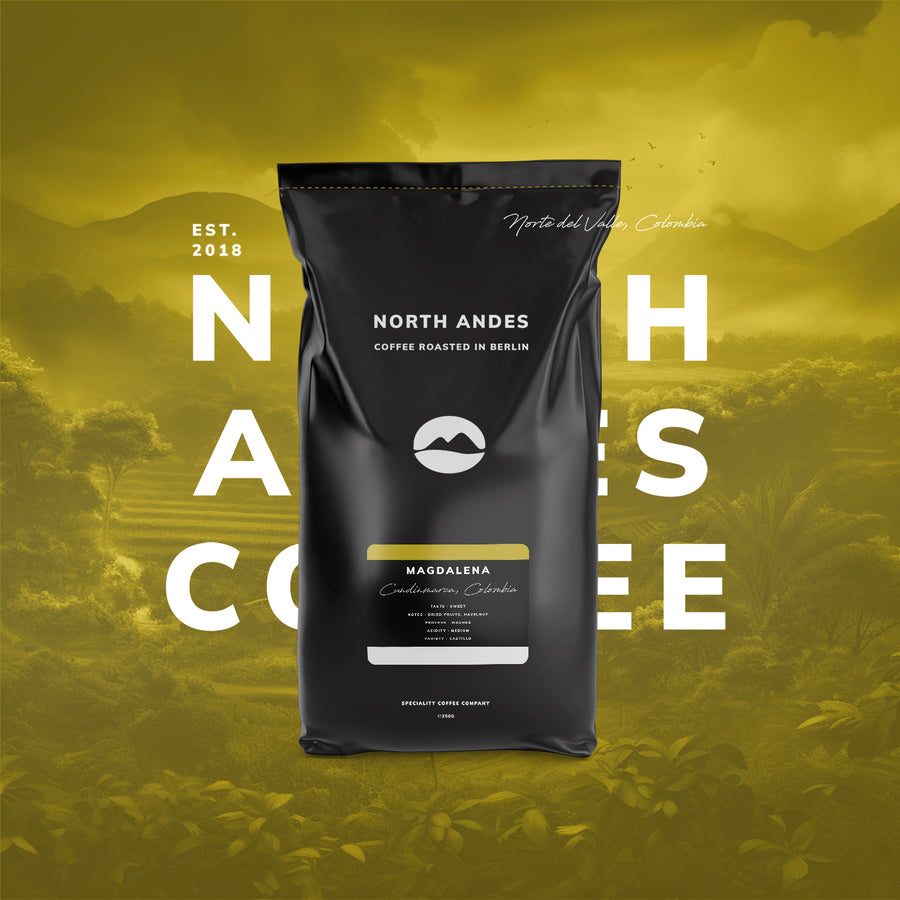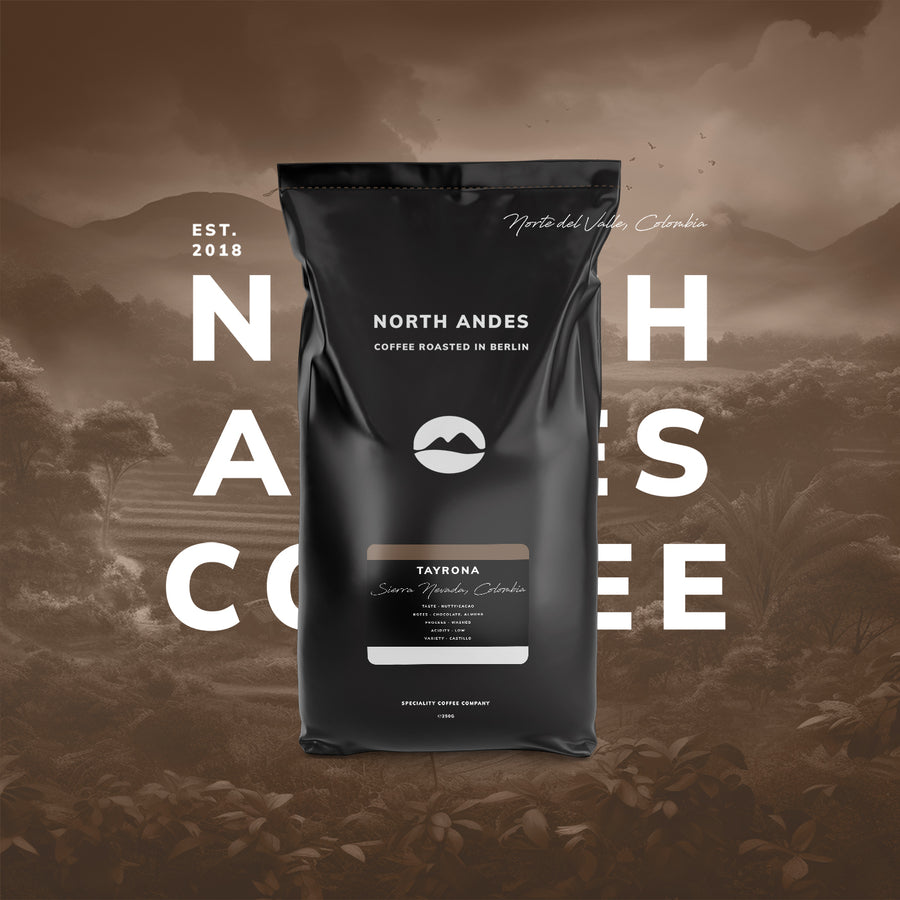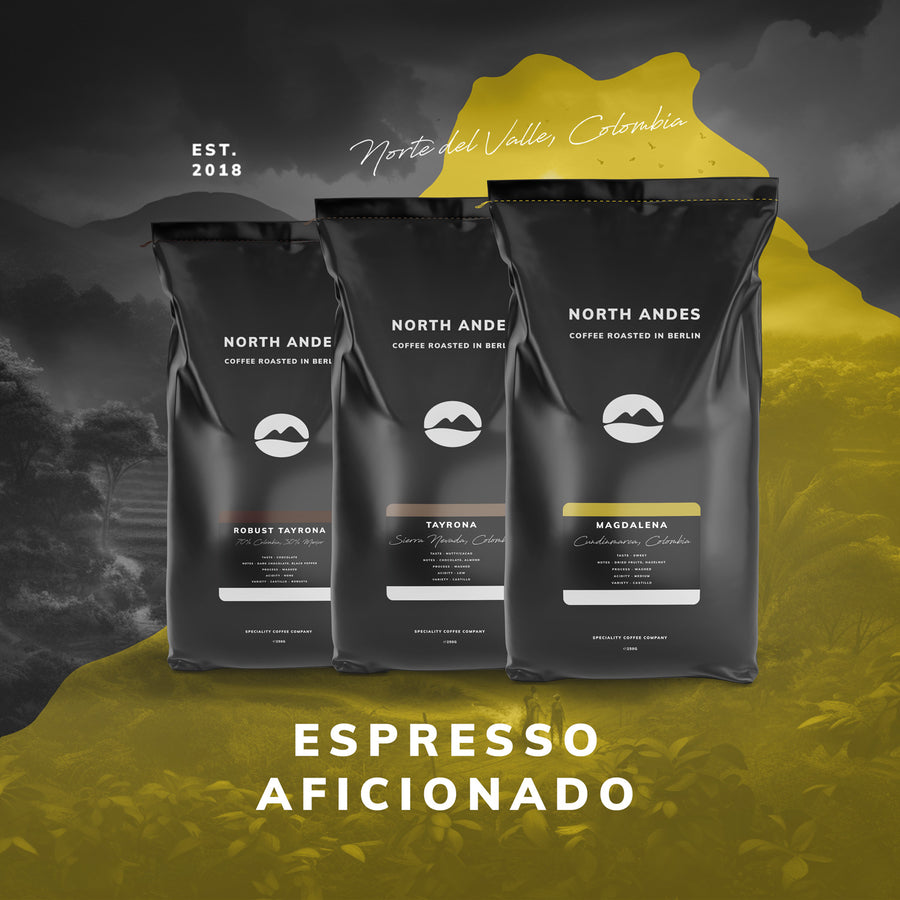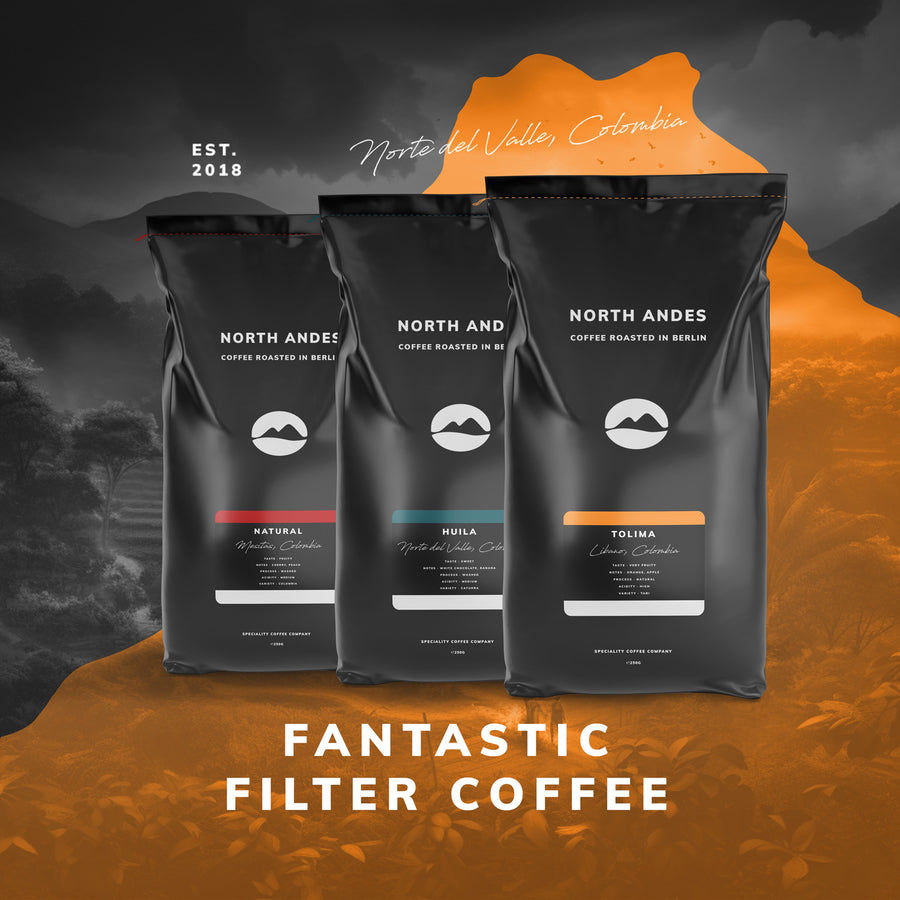Specialty Coffee : Sourcing, roasting and brewing guide
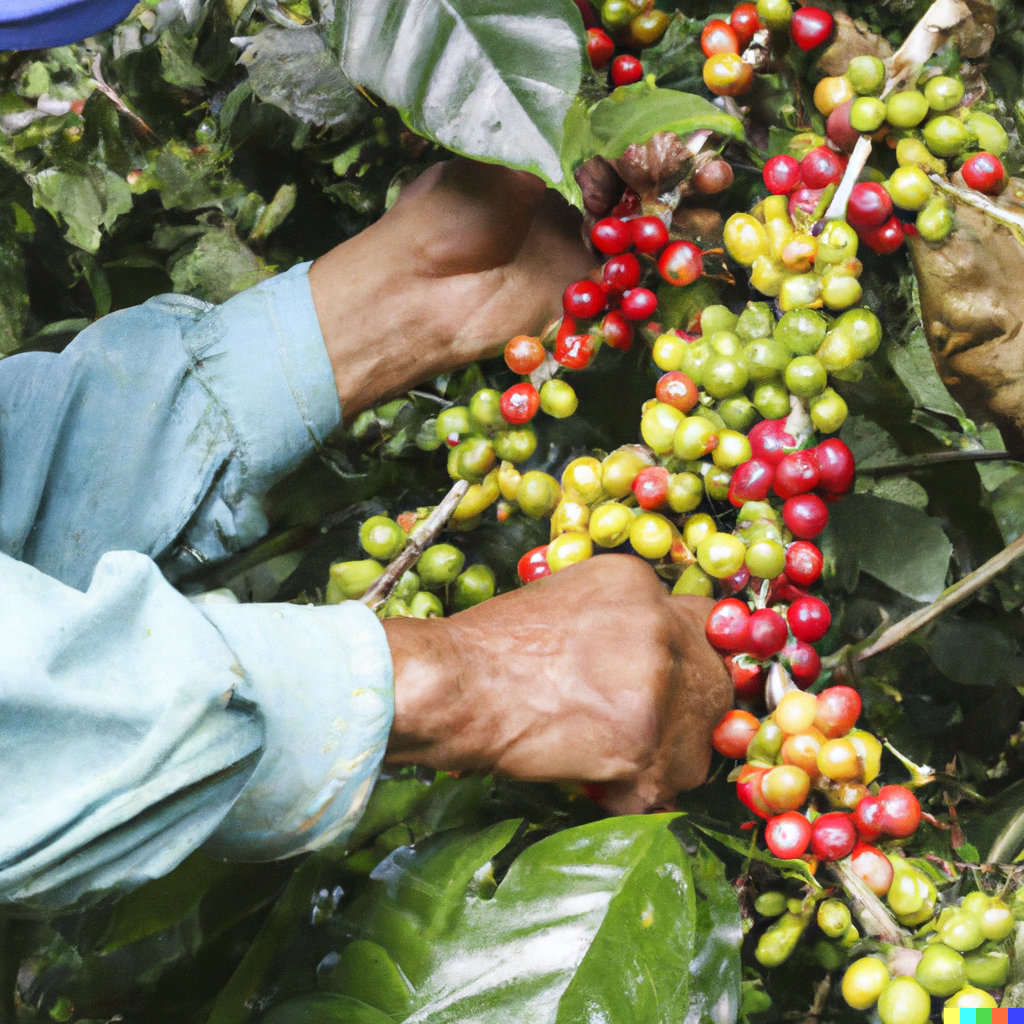
This article is a deep dive into the world of specialty coffee. Reading this article will give you some interesting insights about the topic, such as the origins of specialty coffee beans, roasting methods, and eventually the most common ways to indulge specialty coffee.
Specialty coffee - what makes it so special anyway?
Specialty coffee is a term used to describe coffee that has been carefully sourced and processed, resulting in a cup that is distinguished by its unique flavour and quality. Unlike regular coffee, which is often mass-produced and not always of the best quality, specialty coffee is carefully selected and roasted to highlight its individual characteristics and flavours.
The specialty coffee market has been growing steadily in recent years, with many consumers seeking out high-quality, unique, and sustainable coffee options. According to the Specialty Coffee Association, specialty coffee accounts for about 30% of the global coffee market, and this number is expected to continue to rise.
You probably ask yourself: Is it yet another consumerism, hipster-hyped thing now? Why can’t we get along with the normal coffee we are drinking everyday?? The short answer is: of course you can keep drinking the mass-produced coffee, but you would merely enjoy the REAL potential of coffee. There is so MUCH more to coffee than what you think! Both in flavour AND in body effect. And once you taste and try it several times, you will find it really hard to go back to normal coffee.
Sourcing and processing of specialty coffee beans
One of the key factors that sets this type of coffee apart is the focus on sourcing. The beans are carefully selected from specific regions and farms, where they are grown under the best conditions and with the utmost care. This results in a higher-quality coffee bean, which is essential for producing a delicious cup of coffee. Our Tayrona beans, for example, are sourced from a single coffee farm located on the slops of the Sierra Nevada mountains in Colombia.
Processing methods for specialty coffee beans
In addition to sourcing, specialty coffee is carefully processed to retain its unique flavours and characteristics. This often involves using more traditional methods, such as drying the beans in the sun or using a wet-processing method to remove the outer layers of the bean. One of our main growers is even experimenting with an 400 hours of anaerobic fermentation process, resulting in a fruity, almost appley notes. You can read more about the Tolima coffee here.
A word on sustainability
Sometimes it feels like there is a special focus in western markets on labels and signatures that signals fair trade and sustainability. In my honest opinion, being sustainable and doing fair trade with coffee growers should go without saying in 2024. If you are not doing fair trade, if you are not sustainable, would you mention it in your product? Or on your website? Of course not. Therefore boasting sustainability and fair trade today feels a bit cheesy to me. Coming from Colombia, I know personally the coffee growers I buy the beans from. I know their struggles, their efforts, the stress to feed their families and how passionate they are about their craft. I make sure that quality and sustainability is at the forefront of each coffee grower we do business with, and that quality of the beans is uncompromisable. Here is an interesting article about the certification process and why Fair-trade is not quite delivering anymore.
Roasting specialty coffee
The roasting process is an essential part of the specialty coffee experience. Specialty coffee roasters carefully select the right roasting profile for each bean, ensuring that it is roasted to perfection. This involves a delicate balance of temperature, time, and airflow, as well as a keen understanding of the individual characteristics of each bean. Over-roasting can result in a burnt or bitter flavour, while under-roasting can result in a weak or sour flavour. A well-roasted specialty coffee will have a balanced flavour profile, with a smooth and full-bodied mouthfeel.
When I source new beans, it usually takes up to 50 kilos until I figure out the “sweet spot” of just about the right roasting grade for that specific bean type.
Preparation methods for specialty coffee
There are many different methods for preparing specialty coffee, each of which can highlight the unique flavours and characteristics of the beans. Some of the most common methods include drip coffee, pour-over, French press, and espresso. Each of these methods has its own unique characteristics, and it is up to the individual to choose the method that best suits their preferences.
Dripping
Drip coffee is a popular method of preparing specialty coffee, and it involves using a drip coffee maker to brew the coffee. This method is easy and convenient, and it can produce a consistent and flavorful cup of coffee.
Pour Over
Pour-over is another popular method of preparing specialty coffee, and it involves using a pour-over cone or dripper to brew the coffee. This method allows for more control over the brewing process, and it can produce a clean and delicate cup of coffee.
French press
French press is a method of preparing specialty coffee that involves steeping the coffee grounds in hot water, and then pressing the grounds to the bottom of the pot to separate the liquid from the solids. This method produces a rich and full-bodied cup of coffee, with a bold and complex flavour profile. Our Huila Coffee is perfect choice for a French press.
Ready to dive deeper into the world of specialty coffee? Visit our home page to explore our exclusive selection of our Colombian specialty coffees. Each one is expertly sourced and roasted to highlight its unique flavors. Whether you're a fan of pour-over, French press, or espresso, we've got the perfect blend for you. Experience the true potential of coffee today.
